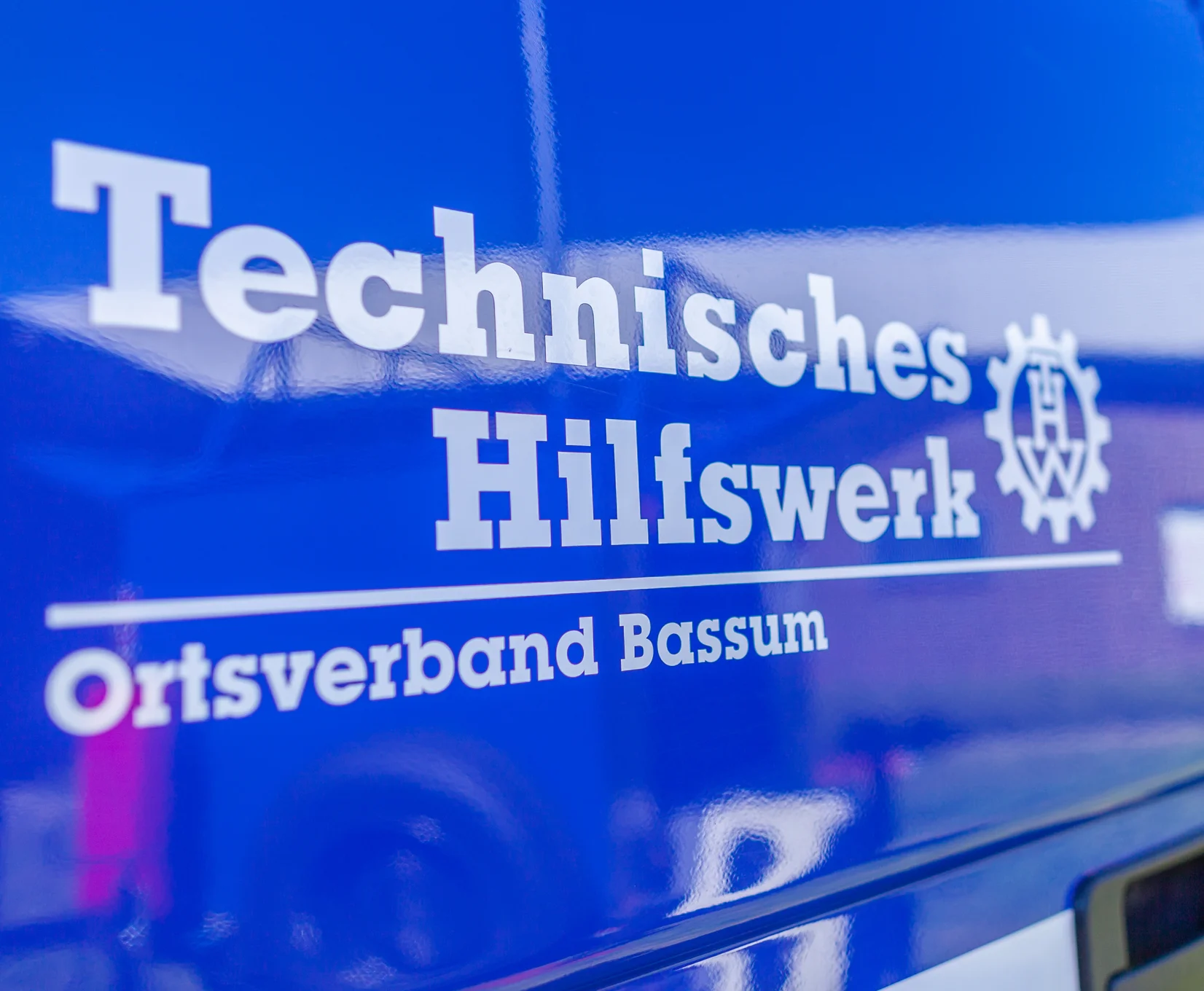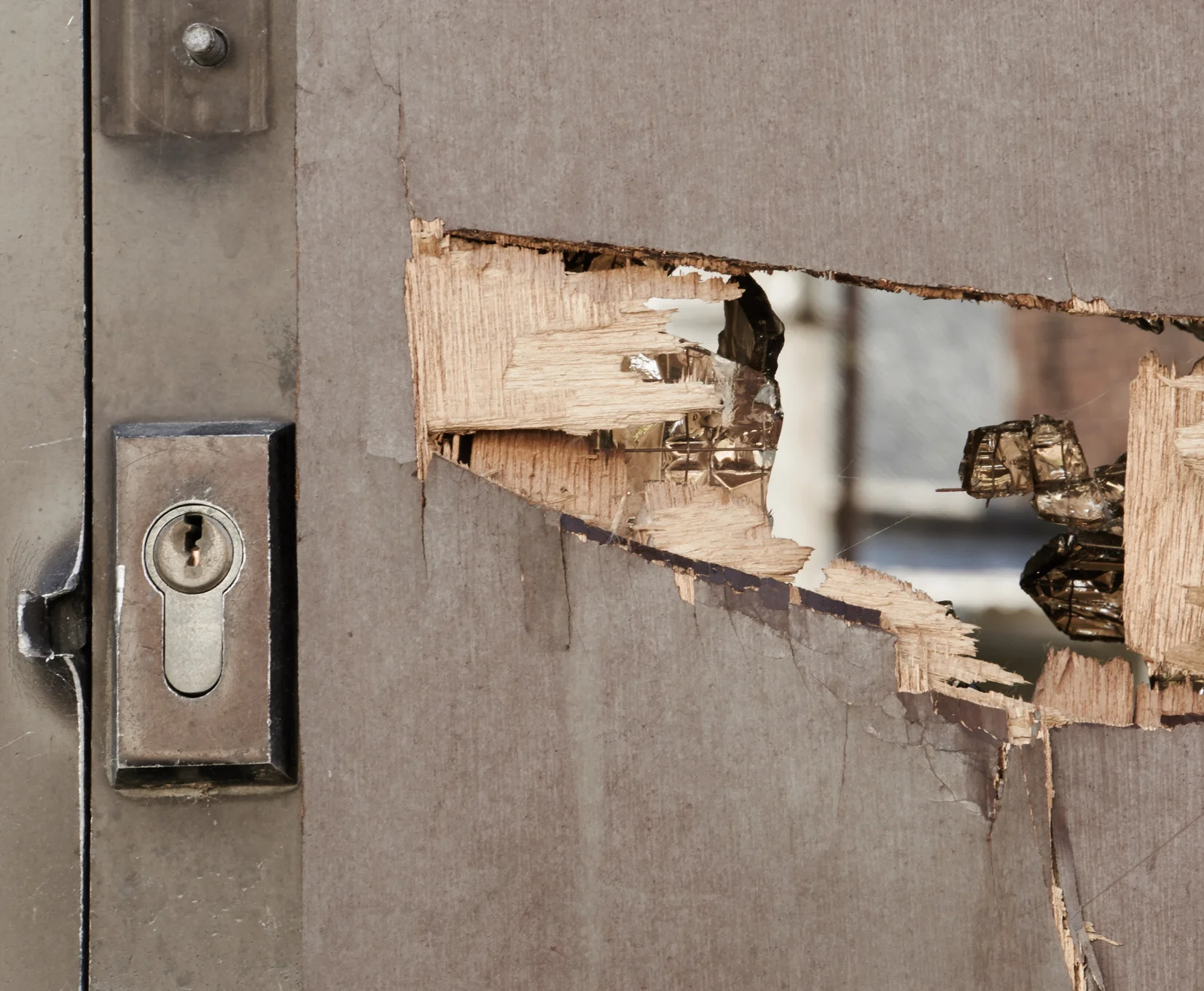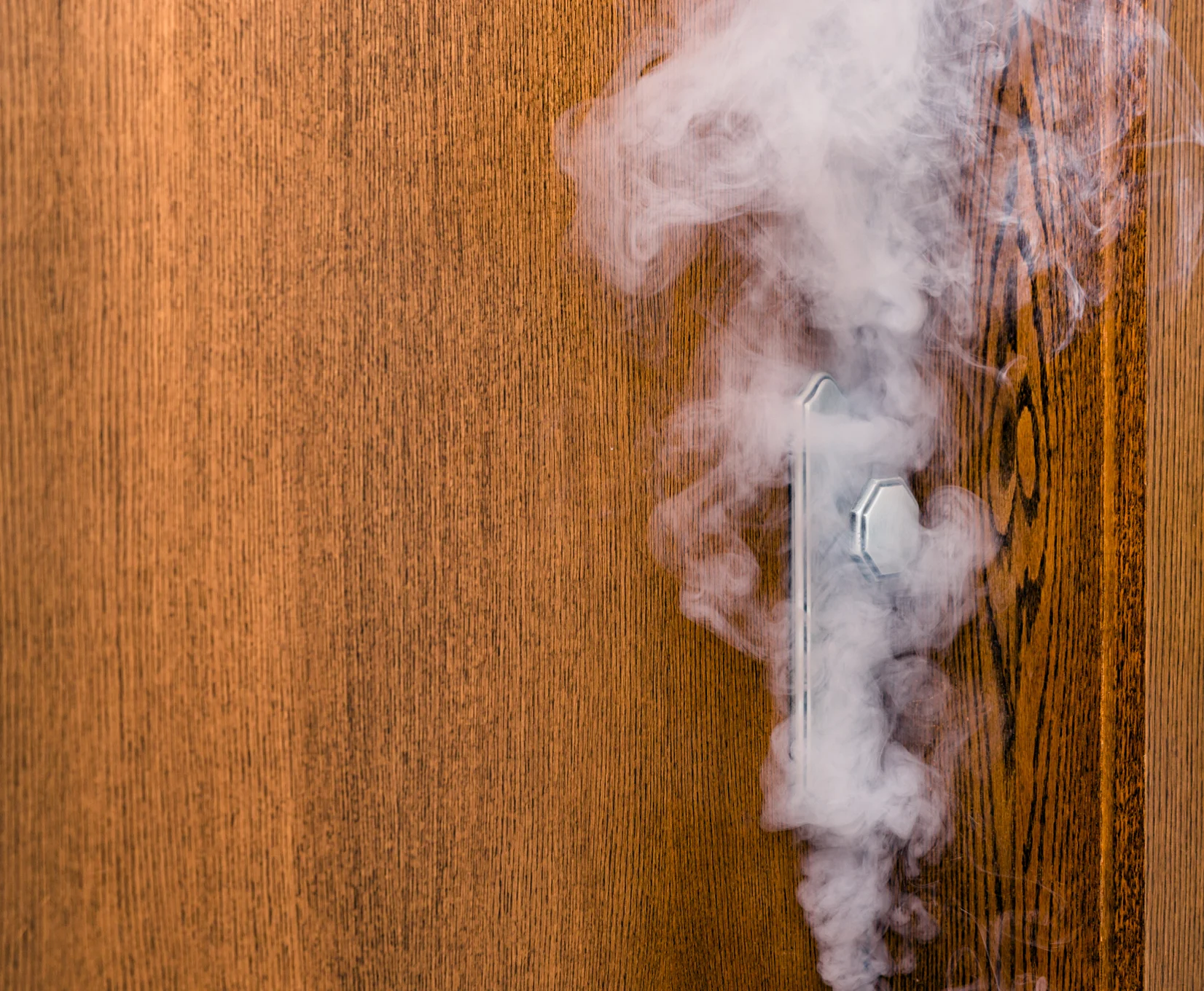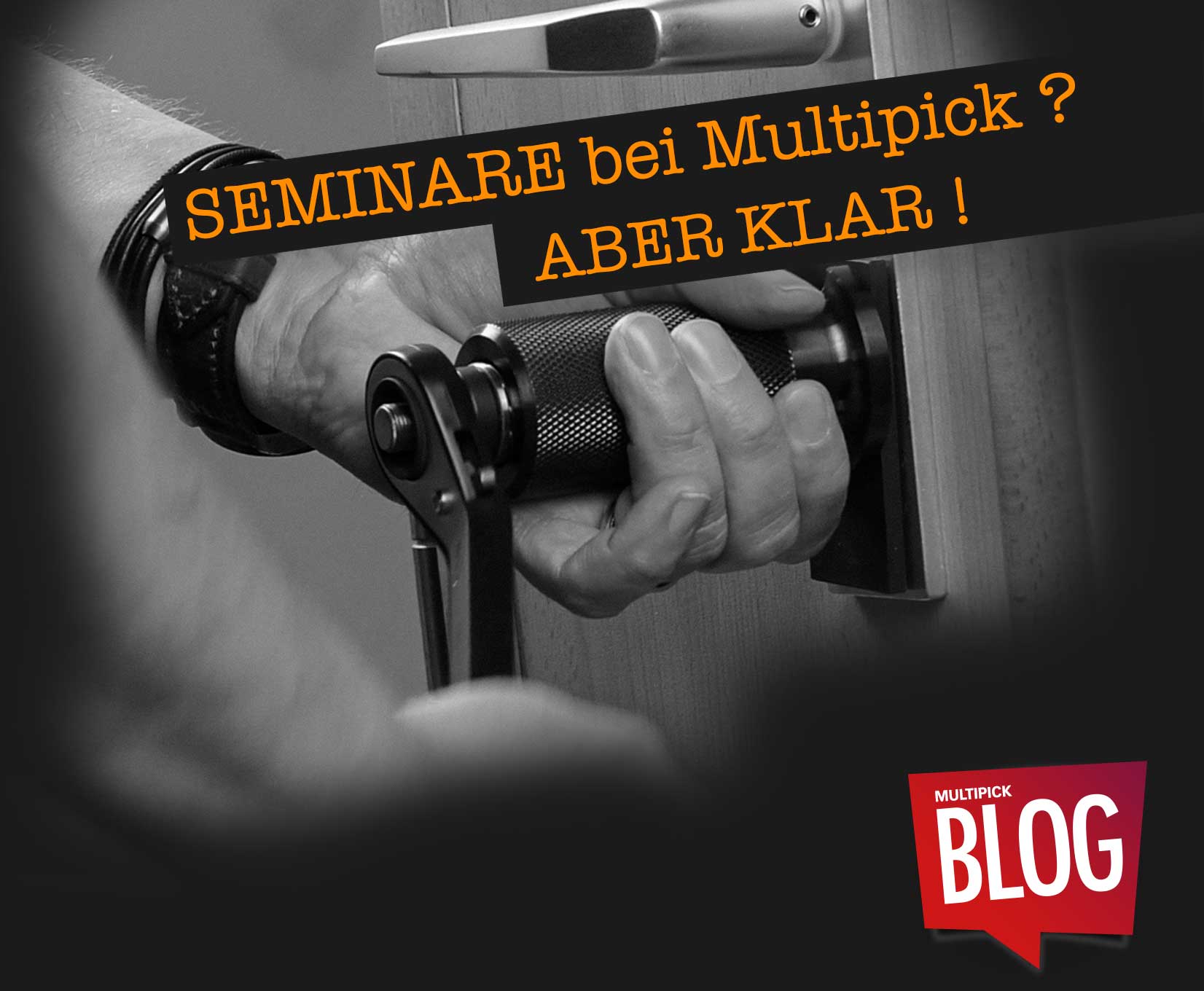
Reading time 6 minutes / Lars Buchwald / 07.07.2025
Tools for Professionals – Why Trust Is Critical for Government Agencies
Article Overview
→ Is That Really Necessary?
→ Trust Doesn’t Come from a Product Description
→ Quality Brings Peace of Mind
→ An Unsuspecting Hero: The Bell
→ Why Government Agencies Follow Different Procurement Standards
→ Cheap Has Never Meant Cost-Effective
→ Continuity Creates Confidence
→ Trust Starts on the Inside – and Radiates Outward
→ My Takeaway: Trust Isn’t a Bonus – It’s the Standard
There are moments in life when you ask yourself: Does it really have to be the high-end option? Isn’t the cheaper or simpler solution enough? That might be true for everyday items – you can compare, debate, maybe even save some money. But there are situations where that question doesn’t belong – especially when lives are at stake.
Is That Really Necessary?
It’s about responsibility. About professional equipment that must work flawlessly in the field. In those moments, only one thing matters: reliability. Quality without compromise. Because in a critical situation, it’s not the price that matters – it’s the trust you place in your tools. Whether it’s firefighters, police, or emergency responders – those who carry responsibility need tools they can rely on without hesitation.
Trust Doesn’t Come from a Product Description
You don’t recognize a reliable tool by its packaging. You recognize it by the fact that it works just as reliably on the fifth deployment as it did on the first. And most importantly: no one on the team suddenly stares at it like it’s an IKEA manual without pictures. That only happens with tools that have proven themselves – in everyday use, under pressure, in the cold, in chaos, and in poor lighting. Trust is the result of those real-world experiences – not a product description.
Quality Clears the Mind.
Good tools don’t save lives. Or – surprise – maybe they do. You can see it how you want, but we believe that for professionals, relying on your tools is absolutely essential.
Imagine there’s someone in need of urgent help behind a locked apartment door – and the entry tool fails because of poor quality? A situation like that can push even a trained team to its emotional limits. But if the tool works, responders can focus on what truly matters – the scene in front of them. That’s the core of trust: not having to second-guess whether your tool will do its job. So yes, we believe good tools can save lives.



For Example: An Unsuspecting Hero – the Bell Tool
A perfect example: the bell tool – proven thousands of times, small in size, big in impact. It might look harmless, but it’s absolutely indispensable. Especially during emergency door entries involving injured individuals, this tool becomes critical. It’s saved many lives already – and it will continue to do so in the future. An added benefit: this type of entry leaves the door nearly undamaged, usually requiring only the cylinder to be replaced. And by the way: expecting first responders to work quickly and with minimal damage isn’t wishful thinking – it’s official protocol. For example, see the guidelines followed by fire departments like this: NYC Fire Department
Why Government Agencies Must Follow Different Procurement Standards
When it comes to purchasing tools for public agencies, the rules are very different from those for private users. It’s about standardization and cross-border compatibility – between cities, states, or entire regions. Example: A tactical unit in Bavaria (like a SEK team) uses door entry tools that are not only certified but also standardized across the state. That means if a team from Munich is deployed to assist in Nuremberg – or even in another state – they will find the exact same tools, spare parts, and training standards. This ensures responders can swap tools seamlessly, rely on consistent quality, and operate effectively – with no time lost on re-training.
That’s why public procurement often requires:
– Consistent quality
– Rugged, durable design
– Clear, simple operation
– Long-term training compatibility
– Spare part availability over extended periods
If a tool looks different every three months, it’s useless for agencies. And if it jams on the third use, all trust is gone. These standards are also reflected in many municipal procurement guidelines, such as:
Fire Equipment Procurement Guide
Cheap Has Never Meant Cost-Effective
Yes, premium tools cost more than discount versions from places like Temu & Co. But anyone who’s worked in the field with low-quality gear knows: those few dollars saved come back to bite you – in the form of stress, lost time, damaged doors, or plain frustration. “Cheap” might look good on the price tag, but in real-world operations, it can get very expensive. Even federal disaster agencies say it clearly: quality and compatibility matter more than quantity.
THW – Equipment and Operational Requirements
Consistency Leads to Confidence
Government agencies don’t need revolutionary tools. They need ones that stay the same over time, can be reliably trained on, and remain compatible with future setups. Today’s bell tool has to fit tomorrow’s puller system. And the spare parts in a few years should not be coming from a 3D printer.
Trust Starts on the Inside – and Radiates Outward
A good tool gives you confidence. It strengthens the team. It reduces unnecessary questions. And it ensures that responders can present themselves professionally – even to the people they’re there to help. Because trust is contagious. Anyone working calmly and efficiently with reliable tools sends a clear message: We know what we’re doing – and what we’re doing it with. That’s not just a side effect – that’s a signal.
My Takeaway: Trust Isn’t a Bonus. It’s the Standard.
Government agencies don’t need tools that impress – they need tools that work. Every day. Under pressure. In the hands of any user. In this context, trust isn’t a nice-to-have. It’s the foundation for everything.
When making procurement decisions, ask yourself:
– Will it still perform smoothly on the fifth deployment?
– Does it fit into the system – without special knowledge or a manual?
– Can you explain how it works without digging through a PDF?
If you can confidently say “yes” to all three – congratulations.
If not – maybe it’s time to rethink.
At Multipick, we firmly believe: Trust isn’t an extra. It’s a requirement. Our tools are built for missions where every detail matters – rugged, standardized, and reliable, even on the fifth use. That’s exactly what agencies need – and that’s exactly what we build for.
Because in the end, it’s not just about a tool. It’s about whether you can rely on it in the moment of truth. And that’s worth far more than saving a few bucks during procurement.
FAQ – Everything You Need to Know.
1. Which standards and certifications are especially relevant for government-grade tools?
Depending on the area of application, different standards may apply. For entry tools, this could include DIN EN 13240 (mechanical burglary tools), VdS guidelines for emergency openings, or technical requirements set by public safety agencies. Many procurement departments also look for CE markings, ISO 9001-certified quality assurance, and documented material specifications.
2. Why do many agencies avoid overly complex high-tech solutions?
Highly technical systems often come with a steep learning curve. Agencies prefer tools that still work under pressure, during staff shortages, or in situations with no network coverage. Simplicity, durability, and intuitive operation usually take priority over smart features.
3. How often are entry tools actually used by public agencies?
That varies widely depending on the agency. Fire and rescue services often use entry tools several times a week. Police or tactical response units use them less frequently but in highly sensitive and critical situations. In all cases, the tool must perform reliably when it counts – no exceptions.
4. Are there training programs for government agencies on using specialized entry tools?
Yes. Many tool manufacturers offer dedicated training, and additional instruction is available through fire academies, police training centers, and civil protection schools. What matters most is that the training aligns with the specific tools and standards in use – not just general market offerings.
5. How long should a tool remain available for government use?
Many agencies plan for usage cycles of five to ten years – sometimes even longer. What’s essential: long-term availability of spare parts, design consistency, and reliable resupply. Tools that change in shape or compatibility every year usually won’t make the cut.
6. Why does the psychological impact of tools matter during operations?
Tools provide a sense of security – not just functionally, but mentally. When responders know they can rely on their equipment, stress levels drop. At the same time, professional tools send a clear message to others (such as victims or bystanders): This is a team of professionals. Trust projects outward.
7. What role does data protection play with electronic tools?
With tools that include digital controls, Bluetooth, apps, or cloud connectivity, a key question quickly arises: Where is the data going? Government agencies are held to strict data protection standards. Tools with unclear data processing practices or servers hosted abroad are often excluded from consideration.
8. Can government-grade tools also be recommended to civilian organizations?
Yes – especially when these organizations operate on behalf of public authorities, such as property managers, emergency contractors, or medical services. Tools built to government standards not only offer higher quality but also provide legal clarity in liability situations. Many locksmiths also choose certified tools for this reason.
9. Why are storage and transportability so important for government tools?
Emergency vehicles have limited space. Tools need to be compact, easy to store safely, and ideally modular. Resistance to temperature shifts, impact, and moisture are also critical for equipment stored in response vehicles for long periods.
10. What specifically sets Multipick tools apart from typical mass-market products?
Multipick develops tools specifically for government, professional, and emergency use. That means: no low-grade plastic from overseas, but precisely engineered stainless steel components, long product availability cycles, training compatibility, and no-nonsense real-world performance. Trust isn’t just a claim – it’s part of our product DNA.
About the Author
Lars Buchwald has been an integral part of the Multipick team since 2006, where he dedicates his passion and expertise to marketing and graphics. As a trained graphic designer and copywriter, he brings a wealth of experience and creativity to his work, which enables him to convey the messages of the ingenious tools in an appealing and convincing way. With a keen sense for the needs of the target group, he steers Multipick's marketing fortunes. His commitment is characterized by a high degree of sensitivity and the right richer at the right time.
As a native of Bonn, Lars not only has close ties to the region, but has also firmly integrated his passion for marketing spear tools into his professional work. His attachment to the city is reflected in his work and gives his marketing campaigns an authentic, Bonn touch.
Related Articles
New – Multipick Training Courses
Professional door opening seminars – training for fire departments, locksmiths, and facility managers.
About Multipick
Multipick was established here in Bonn in 1997 and has had its headquarters and production facilities here on the Rhine ever since.
Why should we leave here? Anyone who has been here before will agree that it is a very beautiful place and that the people are ‘typically Rhineland’, open-minded and friendly. From an early stage, we began to occupy ourselves with a wide variety of entry tools. We tried out lock snappers and core extractors such as the Bell and gathered a wealth of experience with a wide variety of tools. Whether it was a lock pick set or special tools for fire brigades and locksmiths, in the end the door or window had to be opened. In line with the motto, you got the problem and we got the solution.
Many tools, irrespective of hobby or professional, are dispatched from our warehouse to destinations throughout the world.
Opening tool kits for caretakers and locksmiths, pick sets and lock picking accessories for Locksport enthusiasts and Hobbs hooks for specialists to unlock locked safes. There are thousands of different ways to deploy our specialised tools. Our TFG latch plates and key turners allow a closed door to be reopened. QA Pro 2 and our V-Pro core pulling screws can be used to open a locked door. We also offer milling burrs and drill bits for those situations where there really is no other way. Many useful aids such as MICA opening cards, wedges, door latch spatulas, door handle catches and spiral openers, which are all useful tools to help you get the job done. But even if things get a bit complicated, you are in good hands with us. Products such as the Kronos and Artemis electric picks are our top highlights. Anyone who likes to open dimple locks or disc locks will be delighted with the ARES system. For opening windows, we offer you a range of top products from Kipp-Blitz. Favoured by emergency services such as the fire brigade, THW (Federal Agency for Technical Relief) and police. Many of our tools are manufactured in-house. This gives us the liberty to manufacture quickly and in a customer-orientated manner. No lengthy supply chains and subcontractor dependencies. This has a number of advantages both for you and, of course, for our environment. One big advantage is that you get everything from a single source, enabling us to offer you consistent quality. This is also our promise to you, all from a single source, Made in Germany, Made in Bonn - promised.








































